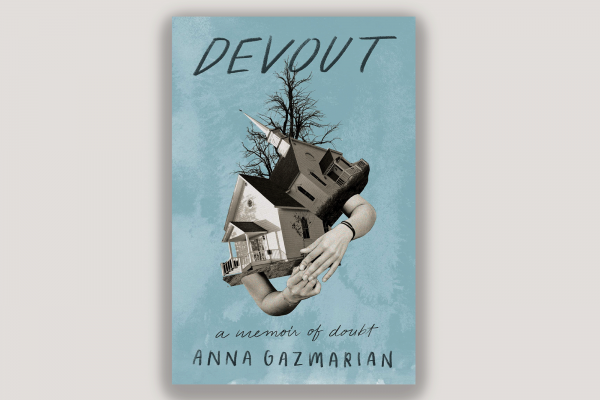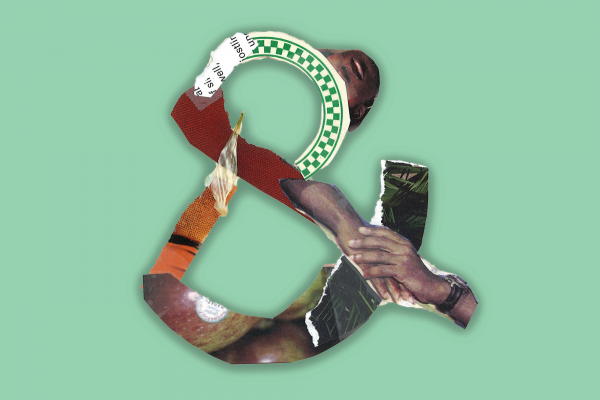Just over a decade ago, Community aired the greatest 20 minutes of television in human history, “Remedial Chaos Theory.” Reacting to a choice left up to a die roll, film student Abed Nadir introduced his study group (and the viewers) to the multiverse: the (increasingly likely!) scientific theory that every choice we make creates two different universes, one where each choice manifests. The stinger at the end of the episode introduced us to “the darkest timeline,” the universe where the characters’ decisions combined to create the worst outcome possible. So Troy, who went downstairs to get the pizza, lost his voice box because he ate a troll doll that was on fire, while Jeff lost his arm, and Abed wears a paper goatee as an homage to Mirror Universe Spock. This phrase — the darkest timeline — gained popularity after the 2016 election, with many lamenting that, as a society, we are living out our worst possible outcome.
The phrase continues to be relatable in 2022. We have a new flood of refugees at the U.S. Southern border, a war waging against anti-racist curriculum in our schools, and a Supreme Court set on overturning Roe v. Wade (and potentially several more cases that hinge on our right to privacy). Faith ought to be a light in this darkest timeline, but a large percentage of American Christians support policies and positions that harm those Jesus calls our neighbors. Without that light, the darkness can feel overwhelming.
No wonder, then, multiverse stories are becoming more and more popular (I’d argue the recent spate of Groundhog Day-inspired time loop movies — Palm Springs and Boss Level, for instance — come from a similar place). Two films in theaters right now ask if we can find some way to escape the madness of our reality and find something better. Sounds pretty nice, doesn’t it?
Everything Everywhere All at Once introduces us to Evelyn (Michelle Yeoh cementing her status as a legend) and her husband Waymond (the long-absent and absolutely incredible Ke Huy Quan), who, in the midst of an IRS audit, gain the ability to access versions of themselves from parallel universes. During their Matrix-inspired flight from insidious IRS agents, Alpha Waymond (one of those parallel selves) tells Evelyn that she’s the perfect hero precisely because she has so many failed hopes and dreams. “You’re living your worst life,” he celebrates (not because he’s cruel, but because this version of his wife has so many alternate life paths from which to “borrow” skills).
Similarly, in Doctor Strange in the Multiverse of Madness, we catch up with the former Sorcerer Supreme at a wedding. Doctor Strange (Benedict Cumberbatch) is attending the wedding of his ex-girlfriend, Dr. Christine Palmer (Rachel McAdams, with significantly more to do in this sequel). At the reception, Dr. Palmer asks the once Sorcerer Supreme, “Are you happy?” Since this is the beginning of the film, we know his answer is no. But is there a world where Doctor Strange got to marry the love of his life?
With the arrival of multiverse-hopping America Chavez (Xochitl Gomez in a star-making role), Doctor Strange is tempted to find the answer. Wanda Maximoff (a spectacular Elizabeth Olsen), the Scarlet Witch, wants to steal America’s power to navigate the multiverse. She invites Strange to help her; they share a similar motive: Because of choices they each made, both lost the potential to love and be loved. Both realize that somewhere else in the multiverse there exists a version of themselves that has that love.
Everything Everywhere All at Once and Doctor Strange in the Multiverse of Madness count on the fact that we, the viewers, live lives of dissatisfaction. We, too, feel something is missing, that we’re living in the darkest timeline. It’s tempting to pine for somewhere else, to relitigate old arguments, to remake old choices. To disconnect from the pain of our reality and get lost in the fantasy of better universes. One where the poor, the meek, and the peacemakers are blessed.
No wonder, then, philosopher Karl Marx criticized religion as the opiate of the masses. Visions of another world can pacify us, neutering our resistance to the powers of our day by inviting us to wait for heaven (our images of which, with personal mansions and streets of gold, are ancient incarnations of our desire for a better universe, if you’ll forgive the anachronism).
But in his classic text, The Prophetic Imagination, theologian Walter Brueggemmann argues that the role of religious imagination is not to pacify. Rather, the religious vision of a better world — what he calls the “alternative community” — enables us to resist the dehumanizing powers of our day: “The formation of an alternative community with an alternative consciousness is so that the dominant community may be criticized and finally dismantled. But more than dismantling, the purpose of the alternative community is to enable a new human being to be made.”
Faith, in other words, teaches us to long for a better world — call it heaven or the brightest timeline. But that longing should not pacify us. Rather, that longing should animate us to work to bring about the good we desire in the here and now. The gap between our reality and our longings helps us discern what work we are called to do.
Moses did not announce to the enslaved Israelites that God had heard their cries of suffering and sent him to promise that if they were good, civil, and obedient they could go to heaven when they died. Rather he stood before Pharaoh and demanded, “Let my people go!”
Deborah did not tell Barak to lay down his arms and make nice with Sisera and the Canaanites. She led the battle for liberation.
Jesus was not crucified because he convinced his followers to go with the flow and wait for the afterlife. Through his stories and actions, he flipped the world of Roman rule and religious collaboration on its head.
John did not end his revelation with a vision of the New Jerusalem in order to pacify the seven churches in Asia. Rather, his whole letter was a call for increased faithfulness to the difficult way of Jesus that placed the churches in direct conflict with the way of the Roman Empire.
Each of these prophets offered a compelling picture of a different world, and that vision invited their people to an alternative life, one that refused to be enslaved to an empire. This vision that insisted on dignity for all persons — especially those on the margins.
Do we live in the darkest timeline? Maybe. Maybe not. Unlike Evelyn Wang and Stephen Strange (and Abed Nadir!), we likely can’t know. What we do know is that our world is not as it should be. We’re in the grip of some massive, organized, and insidious forces that are working to deny the image of God in many in our world.
Perhaps, like Evelyn and Stephen, we can find in these visions of better worlds a call to live fully in this universe, to engage with our neighbors in an alternative community that embraces the way of Jesus. Only then can we bring about God’s will in this darkest timeline as it is in the brightest.
Got something to say about what you're reading? We value your feedback!







